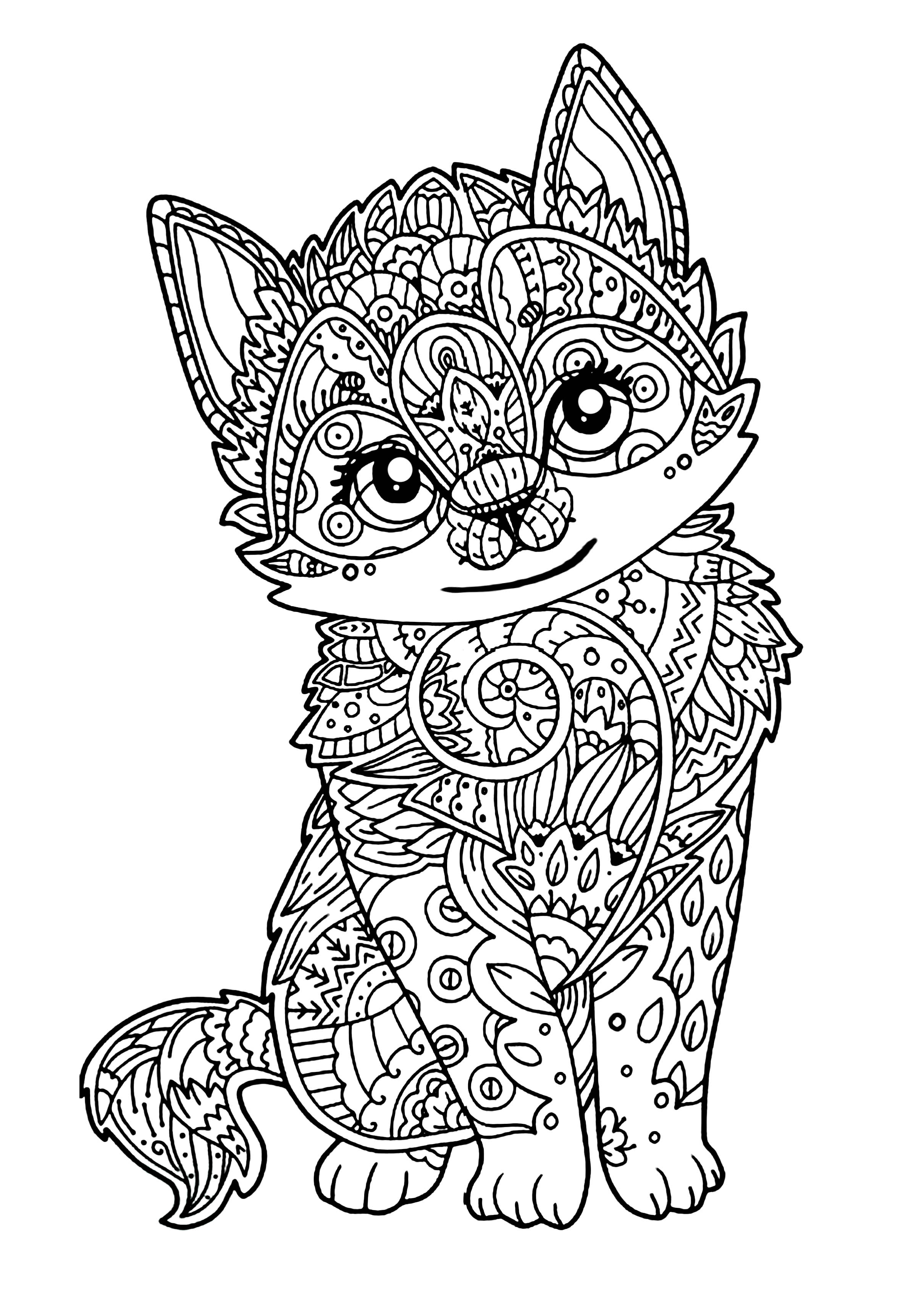

The most important thing you can do during your test is to sit perfectly still like a statue. They will wear a mask to cover their nose and mouth and a clear plastic shield to protect their eyes. They wear this clothing to keep themselves and you safe from getting germs. When you go to take your test, the health care provider will wear special protective clothing. This medical test will tell us if you have the virus.
ADULTS COLOREE KIDS HOW TO
Today, even though you may or may not be feeling sick, we will need to give you a test so we know how to best proceed with your medical care.

So it's important to always cover your cough or sneeze. The virus also can spread through a cough or a sneeze. That's why it's important to wash your hands often with soap and water. People may get this virus from touching things. Some people who get this virus can have a fever or a cough and may feel achy and tired, while some people can have this virus and not feel sick at all. A virus is a germ and it is so tiny you can't even see it. You may have heard there is a virus going around that can make people feel sick. My job is to help kids like you prepare for medical tests. Jennifer Rodemeyer, Child Life Program Manager, Mayo Clinic: Hi, I'm Jennifer and I am a child life specialist at Mayo Clinic. If your child is coughing up phlegm (sputum), that may be sent for testing. The sample is then sent to a lab for testing. To test for COVID-19, a health care provider uses a long swab to take a sample from the back of the nose (nasopharyngeal swab). A health care provider may also consider testing if your child is at higher risk of serious illness. In the U.S., a health care provider will determine whether to conduct diagnostic tests for COVID-19 based on your child's symptoms, as well as whether your child has had close contact with someone diagnosed with COVID-19.

ADULTS COLOREE KIDS SKIN
Emergency warning signs include trouble breathing, persistent pain or pressure in the chest, new confusion, inability to wake or stay awake, or pale, gray, or blue-colored skin, lips or nail beds - depending on your child's skin tone.įactors used to decide whether to test your child for COVID-19 may differ depending on where you live.


 0 kommentar(er)
0 kommentar(er)
